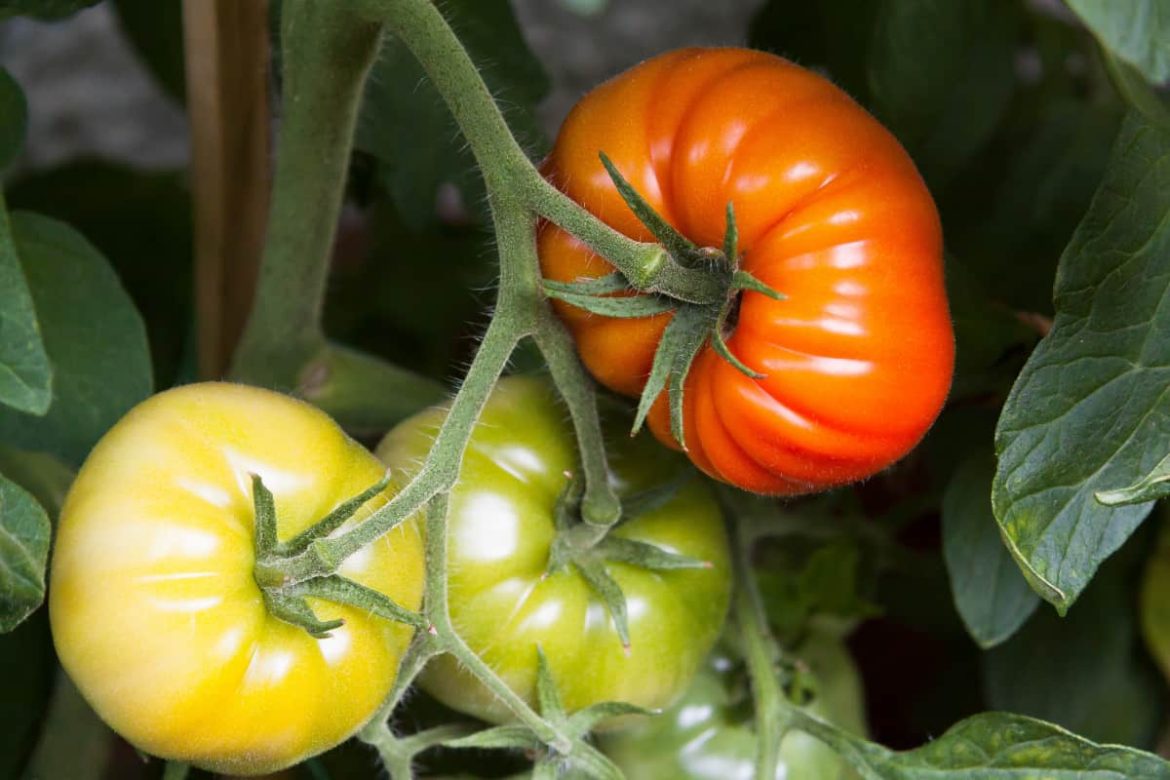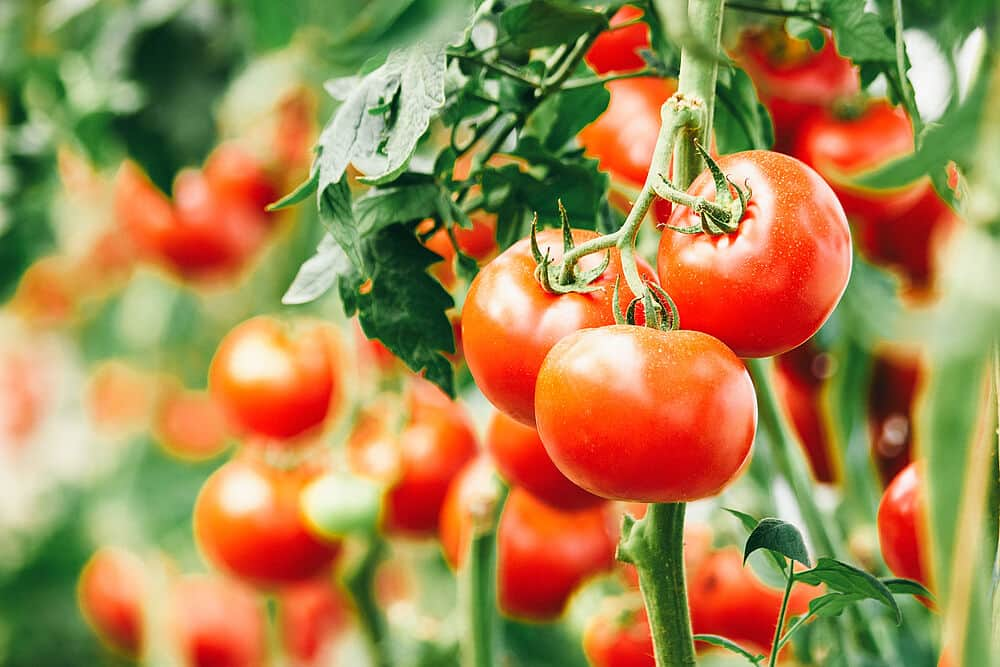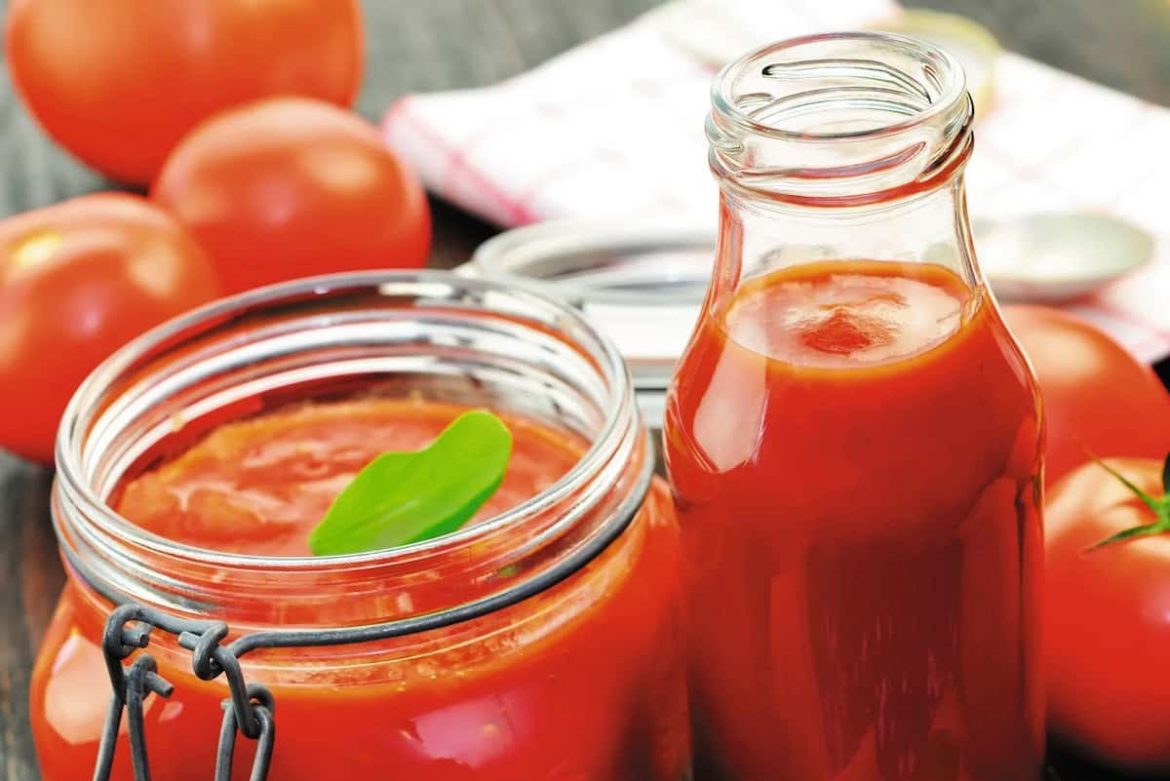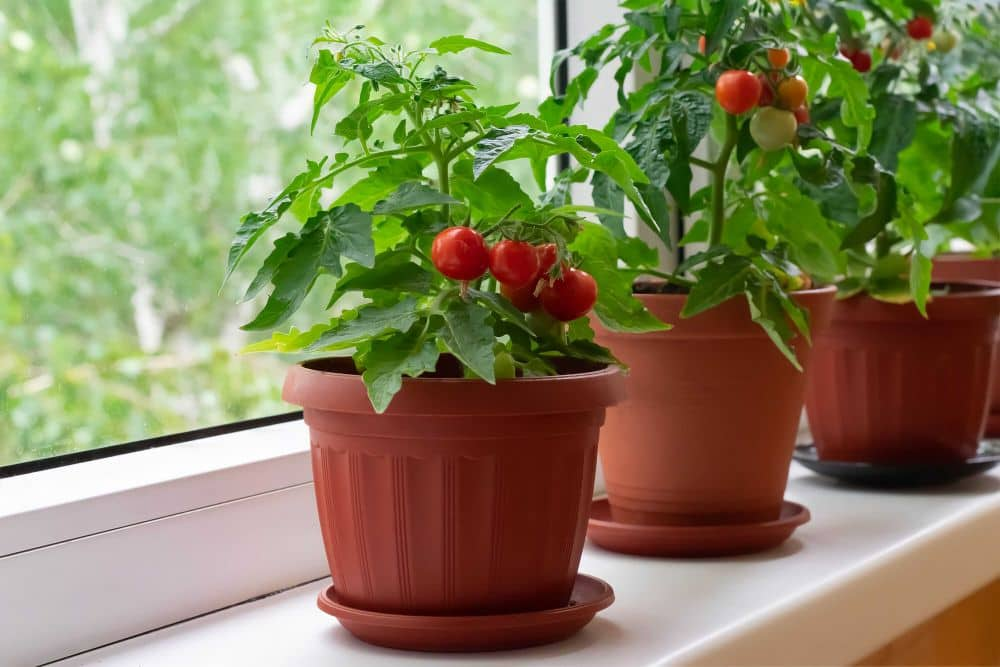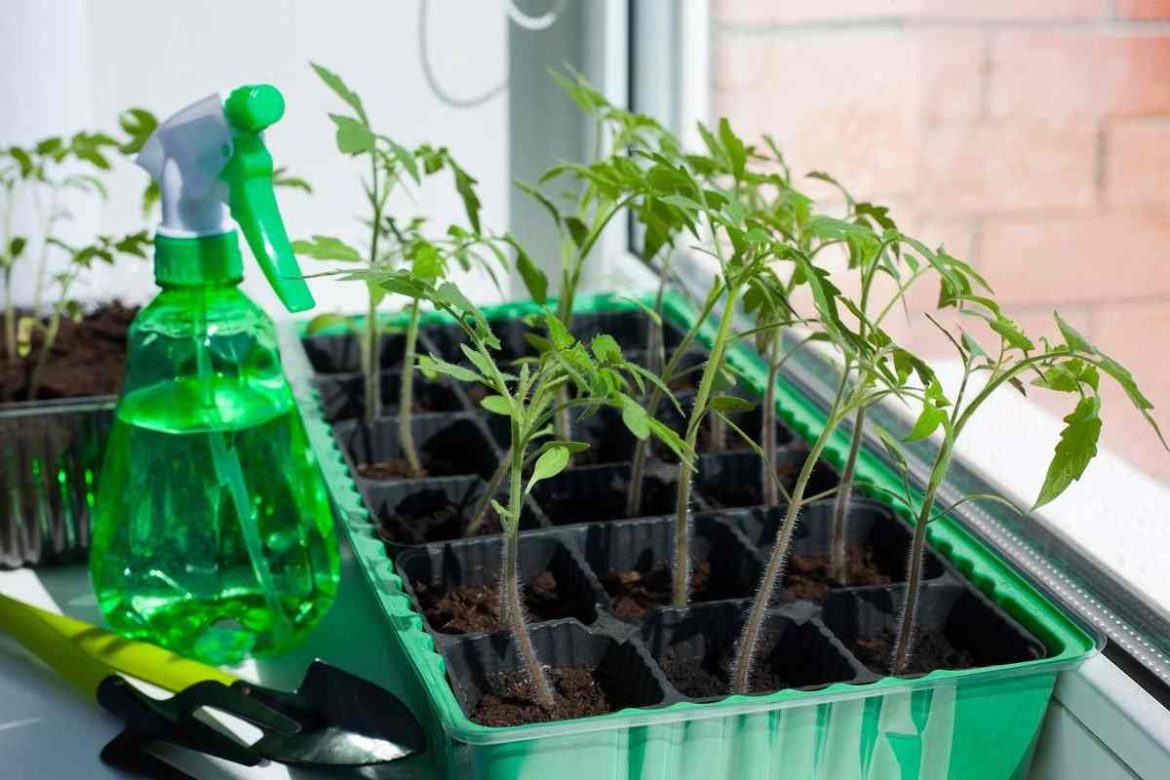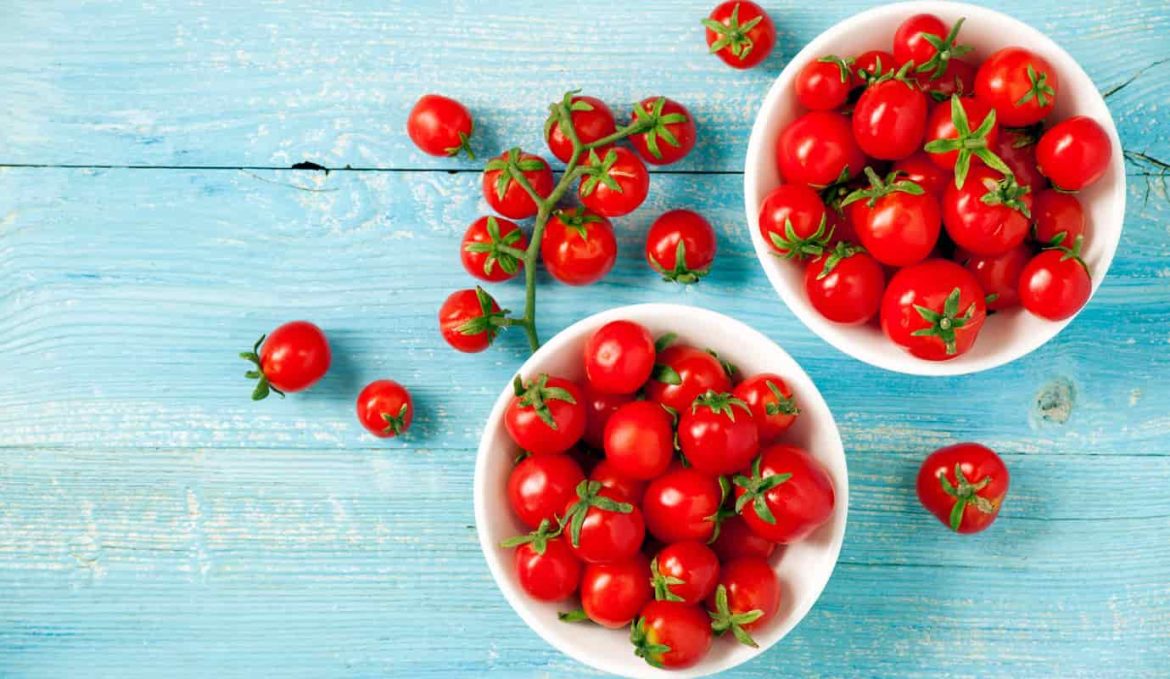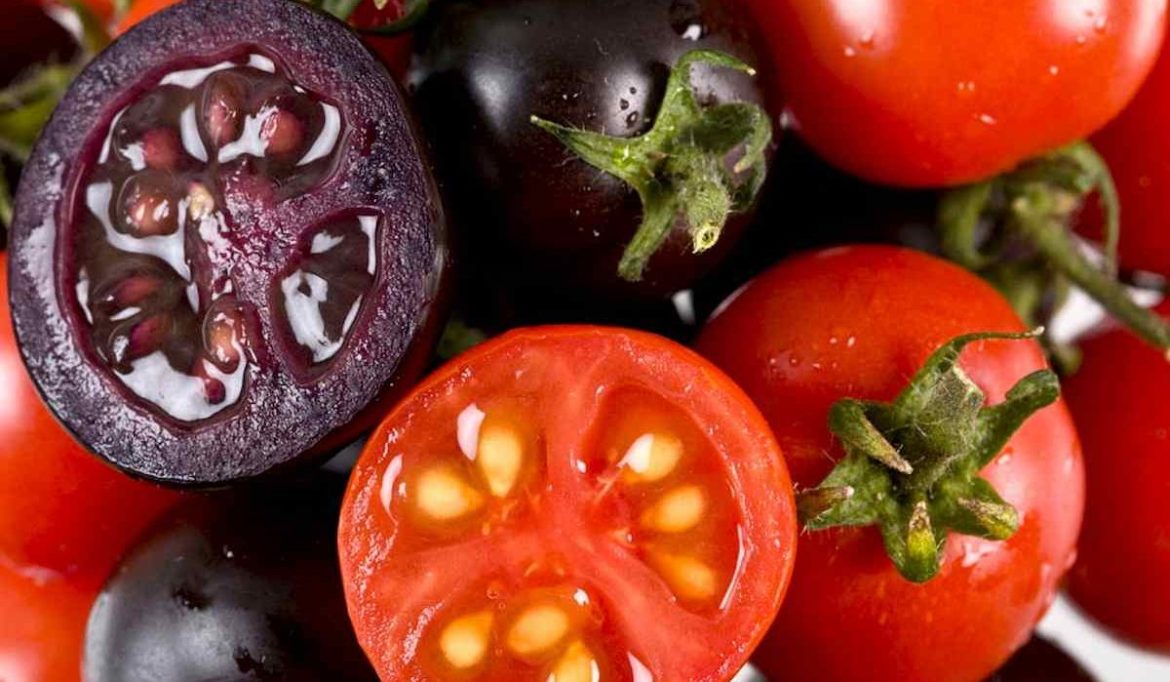Growing tomatoes indoors with artificial light
It is so intriguing to know that growing tomatoes indoors is even possible using artificial light which is going to be explained subsequently with full details
There is magic in a garden-grown tomato
With proper care, these plants can yield colorful, luscious fruits with rich textures and flavors
Your tomatoes will have a hard time surviving the winter because they require a lot of sunlight
There’s good reason why people have been attempting to cultivate tomatoes in enclosed spaces
Tomatoes can be grown successfully indoors with adequate care and artificial light
However, this course of action is not for the weak of heart
It’s not like growing lettuce or basil in a pot
If you want fresh, juicy tomatoes in the dead of winter, learning how to grow them indoors with lights is a great idea
The simplicity of this task is its greatest strength

Follow these eleven steps and you’ll have your very own indoor tomato garden where you can harvest fresh, tasty tomatoes any time of the year
How to Choose Tomato Seeds To get the best results while learning how to grow tomatoes inside with lights, you need to start with the best seeds
With so many possibilities, it might be challenging to choose which ones are ideal for your setup
Some good places to start investigating are: Since you will be growing tomatoes indoors for an extended period of time, it is essential that you select a disease-resistant type
Indeterminate Tomato Plants vs
Determinate (Bush) Tomato Plants (Vining) Producing Tomatoes: Plants classified as determinate stop growing once they reach a specific height, while those classified as indeterminate continue to expand
Deciduous types of tomato are preferable for growing indoors since they require less attention and produce more fruit when grown in artificial light
Here are a couple of my favorite kinds: Tiny Tim (determinate) is a red cherry tomato variety that produces heavily and needs no staking
Easy-to-grow and delicious in canned goods and sauces, the Yellow Pear Tomato (indeterminate) is a popular choice
Compact and simple to grow, Gardener’s Delight (indeterminate) produces abundant red cherry tomatoes
Chose Container-Friendly Tomato Strains: Because of their extensive root systems, tomatoes can’t be grown in just any container
If they outgrow their present pots under the lights, you may easily relocate them to a larger one
Choose a Good Soil Indoor tomatoes thrive in soil that is not too compact, drains well, and has critical nutrients
Use a potting mix that includes perlite to improve drainage if at all possible
These soil admixtures are widely available at retailers like Amazon, garden centers, and even some of the big-box stores
Find a potting soil that is ideal for indoor gardening

Make sure the soil is moist, but not soggy, while cultivating tomatoes indoors with lights
Soggy dirt encourages root rot
Water Adequately, Please
When you first put your plants in the ground, give them a good soaking, and then water them again only if the top inch of soil seems dry
Utilizing a combination of soil and coir is yet another method of water conservation
The addition of coconut coir to soil makes for excellent conditions for growing tomatoes indoors since it prevents the soil from compacting as much as it would with regular soil and keeps the moisture levels constant
Check the soil’s wetness with a moisture meter and water plants as needed
Combine with Delay-Acting Fertilizer Add a slow-release fertilizer to the soil before planting to ensure your plants have access to nutrients throughout their growth
The fertilizer will gradually release over a long time, so you won’t have to bother about fertilizing every week
pollination by hand Tomato plants outside are typically self-pollinating, while indoor plants require human assistance in pollination due to the lack of wind and bees
Fruit production relies heavily on pollination
The procedure is simple, though mild
Using a little paintbrush or cotton swab/bud, you should help pollinate each blossom
Pollen should be transferred to the stigma by gently brushing it from within the bloom
Tap the flower stem lightly to release the pollen without being too intrusive and damaging the blossom
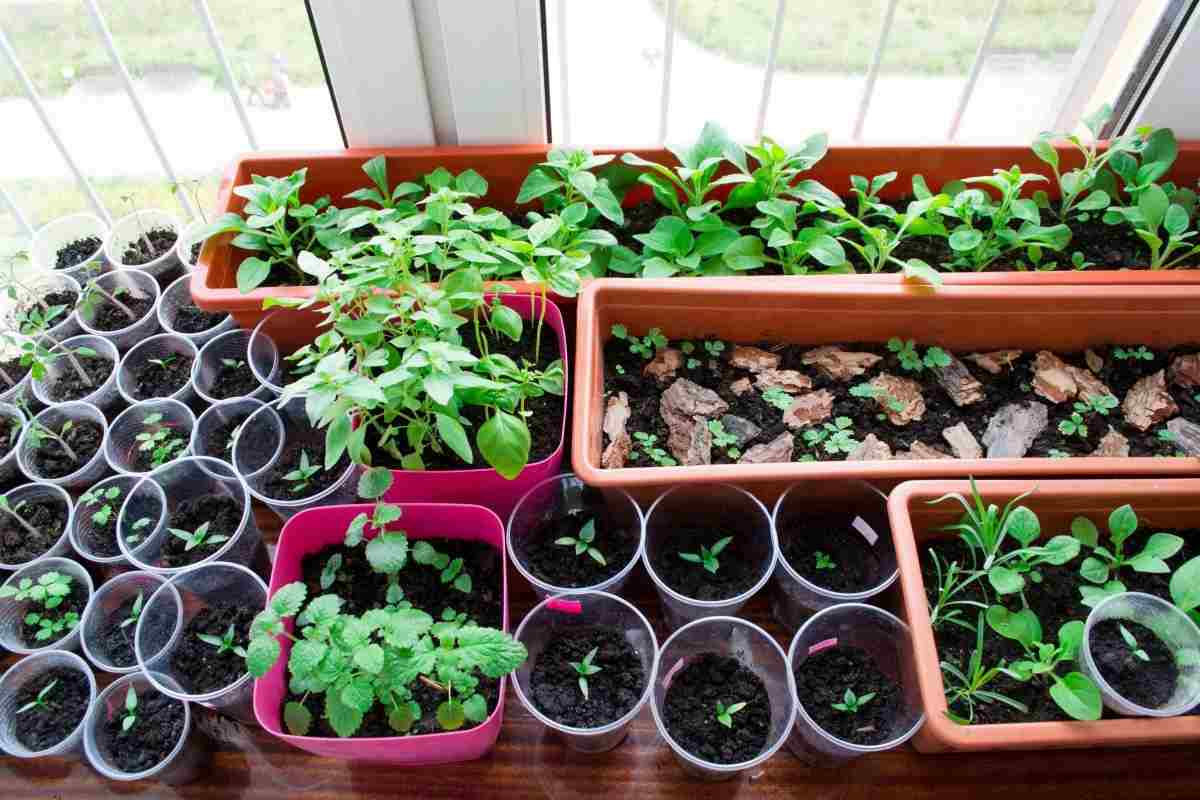
Artificial pollination with these Be the Bee Pollinators is yet another great option
It spreads pollen by softly tapping the back of each blossom to simulate a bee
To get the same effect, placing a tiny fan nearby will generate an artificial mild wind all around the plant
Take care that your tomato plants don’t become dark
To successfully cultivate tomatoes indoors, adequate lighting is of paramount importance
The use of full spectrum LED lighting is recommended for indoor tomato cultivation
The panel’s illumination spectrum, which contains multiple temperatures and types of LED chips that your plant will use at different stages of development, is referred to as “full spectrum
” The effect is quite close to that of daylight
When growing tomatoes indoors, a cool light (6500k) is ideal for germination and leafing, while a warm light (2700k) is ideal for simulating flowering and fruiting
For optimal plant growth, use a mixture of warm and cool bulbs
Growing tomatoes indoors all year round requires special lighting, and AeroGarden LED lights are the greatest option since they are full spectrum LED lights that generate the ideal wavelengths for tomato plants
In addition to fluorescent lighting, High Pressure Sodium (HPS) lamps are effective for growing tomatoes indoors
Indoor tomato plants may wilt more quickly under their light since they produce more heat than LED bulbs
Location and Temperature Keep the temperature between 70 and 85 degrees, as tomatoes thrive in warmer conditions
You should relocate your plants away from drafty windows and vents
For the best results when growing tomatoes indoors on a windowsill, locate the plants in the brightest section of your home, such as a sunroom or a south-facing window that gets plenty of direct sunlight throughout the day
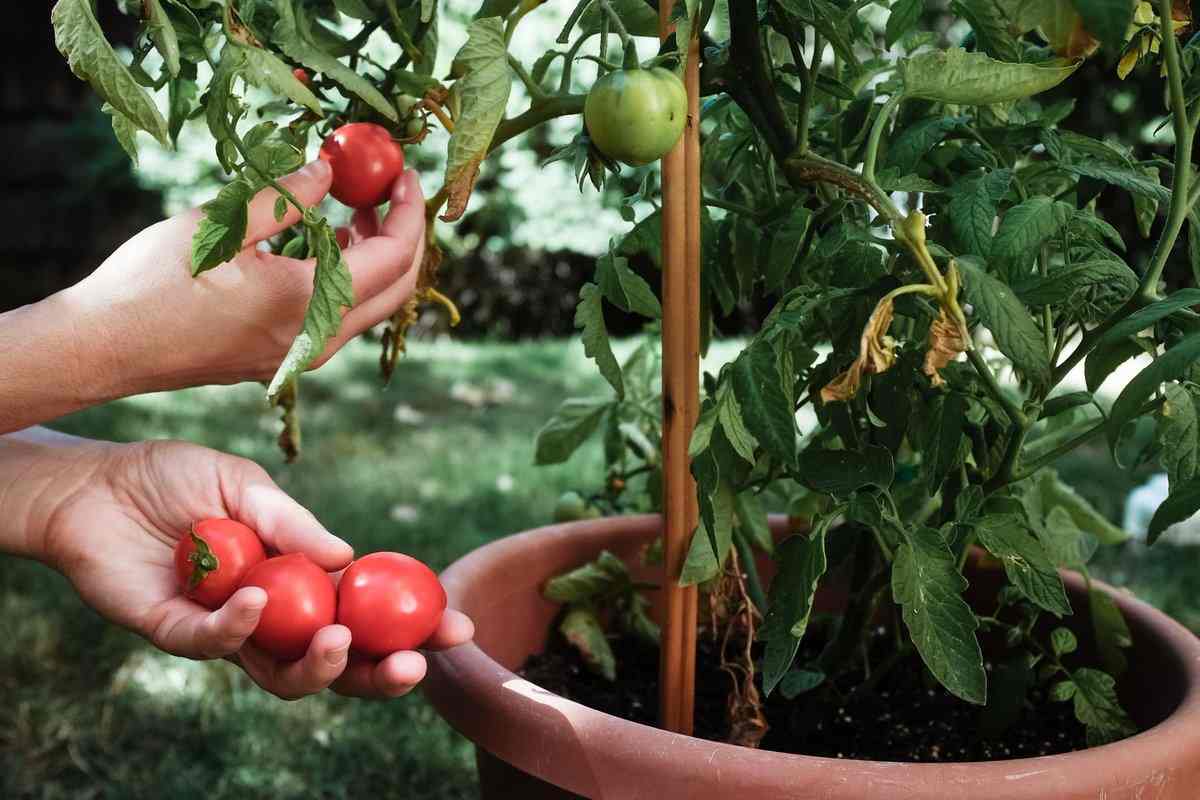
When possible, give your plants sunlight for 16 hours a day; if not, try using Grow LEDs
Since artificial light can never replace natural light, this is obviously excessive
Make sure the Plant Has Good Support Tomato plants will require something substantial, like tomato stakes, to lean on as they expand
A tomato cage can serve the same purpose, but the top should be left open to allow light to reach the plant from all angles
Many types of vines are suitable for training along a string or wire
Choose dwarf tomato cultivars such as cherry tomatoes and plum tomatoes for indoor growing
My Beginner’s Guide to Vegetable Gardening has further details on planting, staking, and caring for your vegetables
Gathering the Tomatoes When planted indoors, how long before the first tomato appears? Don’t rush picking tomatoes from your plants
Remember to harvest your indoor plant’s fruit after it has reached visual and textural ripeness and softness, after a period of roughly 80-85 days
If you’re harvesting from above, you might need a knife to trim the stems of certain types
Be careful not to destroy the plants’ foliage, as this could affect their ability to produce fruit in the future
Restrain Expansion of Recent Times Pinch back new growth after harvesting tomatoes (about 90 days after planting) to promote further fruit production
It is also possible to administer the plant hormone cytokinin at this time to stimulate more blooming and fruit output
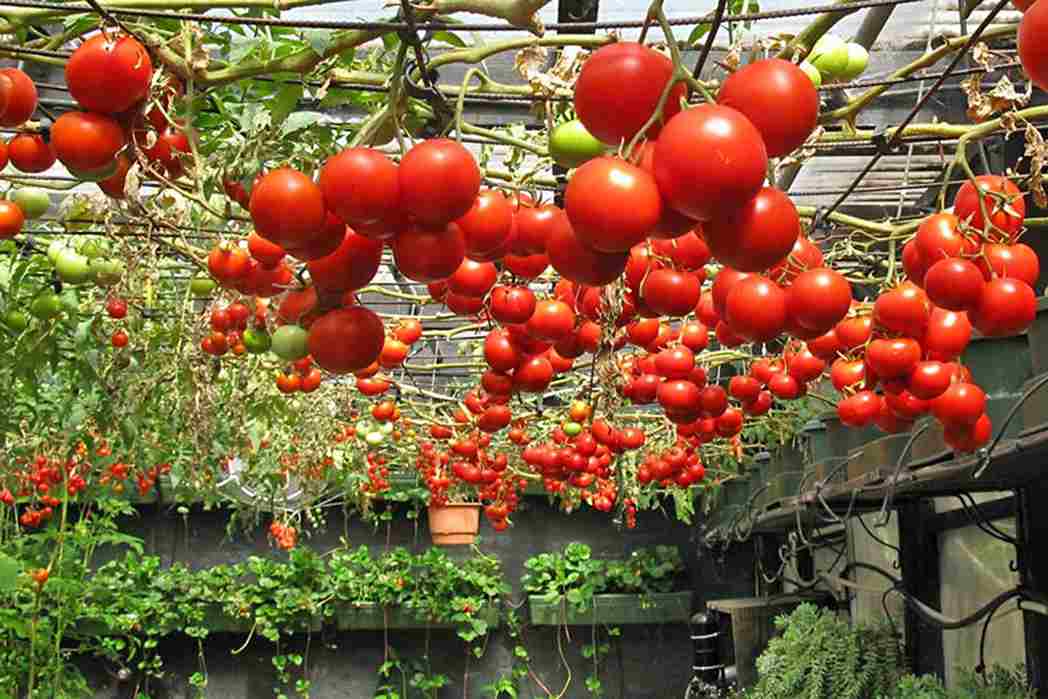
Keeping Tomatoes in Storage After harvesting your vegetables, you have the option of putting them in the fridge for a few days or preserving them by pickling or canning
Tomatoes should be stored in an airtight container with the spoiled ones removed and the good ones layered on paper towels
Tomatoes can rot or go bad if they are crowded together, so leave some room between each one when you stack them
Tomatoes are notoriously difficult to cultivate inside, but with the correct know-how and resources, it is possible to succeed
This page offers all the finest advice, including how to grow tomatoes inside with lights, whether you’re planting cherry tomato plants or larger types
